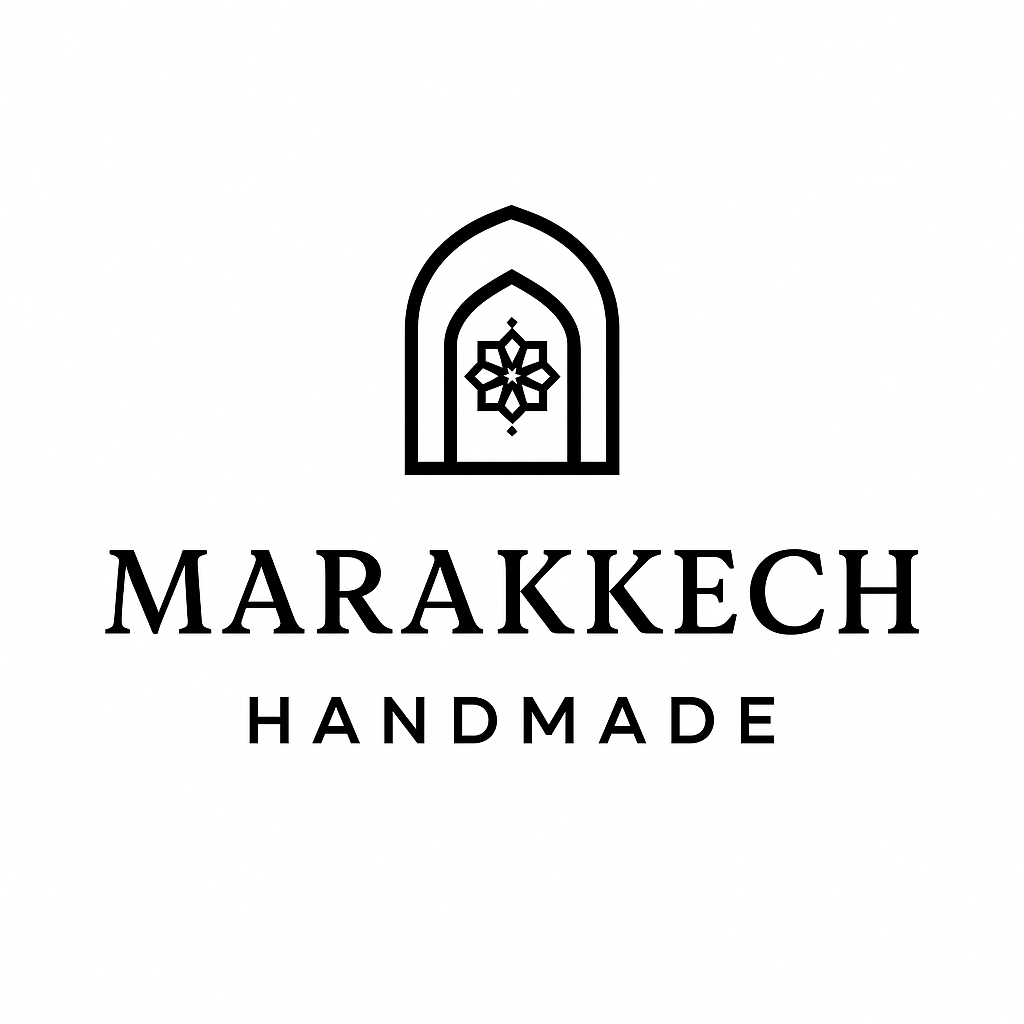
Marrakech spices
“Colors that speak, flavors that whisper.”
Discover the colorful world of Moroccan spices, from saffron to cumin. Each blend tells a story of tradition, flavor, and the bustling souks of Marrakech.
Saffron, known as the “red gold” of Morocco
is a prized spice cultivated primarily in the Ourika Valley. Its history in the region dates back centuries, with local farmers carefully harvesting the delicate crocus flowers by hand each autumn.
The term “saffron” comes from the Arabic word za‘farān, meaning “yellow,” referring to the vivid hue it imparts in cooking and dyeing. Each saffron stigma is painstakingly separated and dried, making it one of the world’s most labor-intensive and valuable agricultural products.
In Ourika, saffron farming has become both a cultural and economic cornerstone. The region’s fertile soil, altitude, and temperate climate provide ideal conditions for producing high-quality saffron with a distinct aroma and flavor. Local farmers often pass down cultivation techniques through generations, ensuring the spice retains its authenticity and premium quality.
The process of producing saffron involves several careful steps:
Flowering: Crocus blooms appear briefly in autumn, typically lasting only a few weeks.
Harvesting: Each flower is hand-picked early in the morning to preserve its delicate stigmas.
Drying: Stigmas are carefully dried to retain their color, fragrance, and potency.
Storage: Saffron threads are stored in airtight containers to maintain freshness and aroma.
Saffron is more than a spice; it represents the Moroccan dedication to artisanal agriculture and sustainable farming. The Ourika Valley continues to be celebrated for producing some of the finest saffron in the world, offering visitors and chefs alike a taste of Morocco’s rich agricultural heritage.
Marrakech Spices: Cultivation and Uses
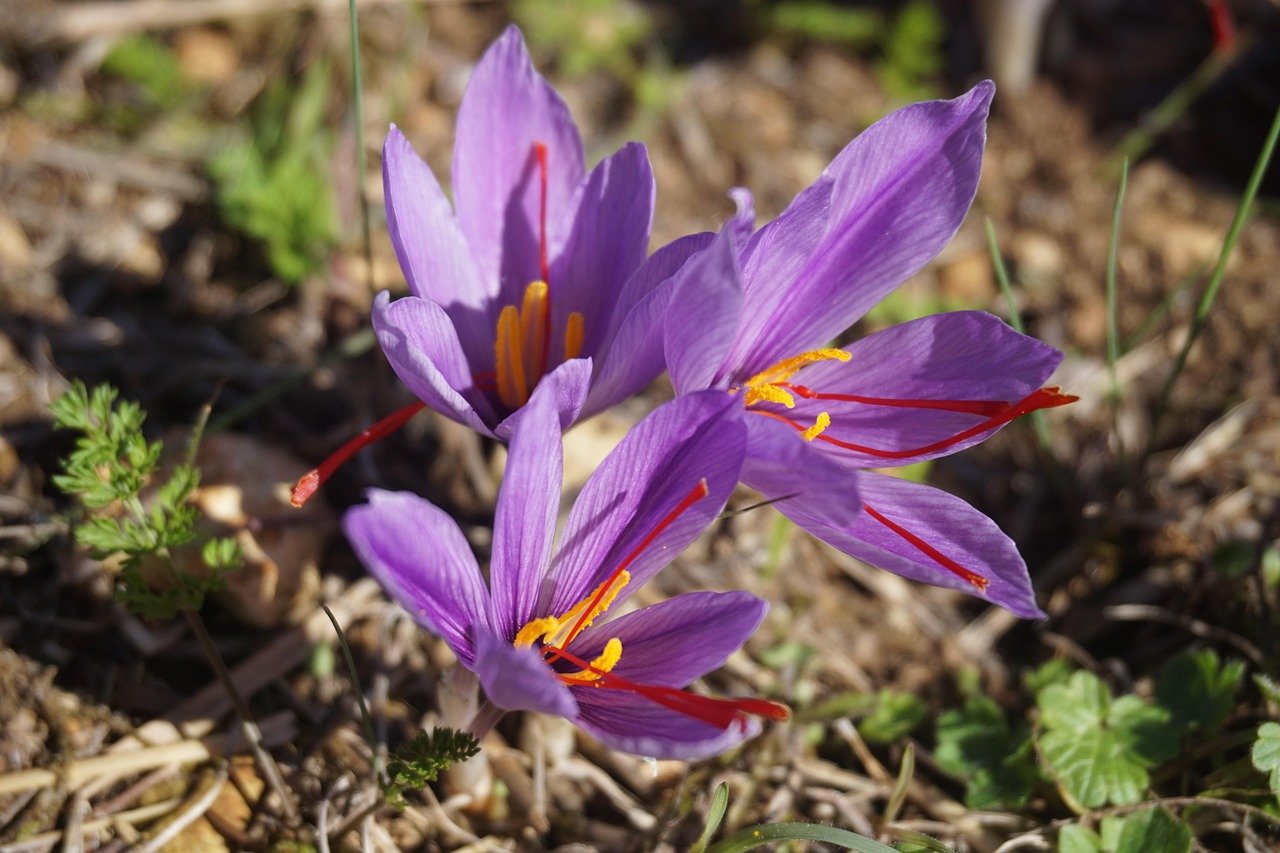
Saffron
Hand-harvested in the Ourika Valley, saffron threads are carefully dried to preserve their rich color, aroma, and flavor.
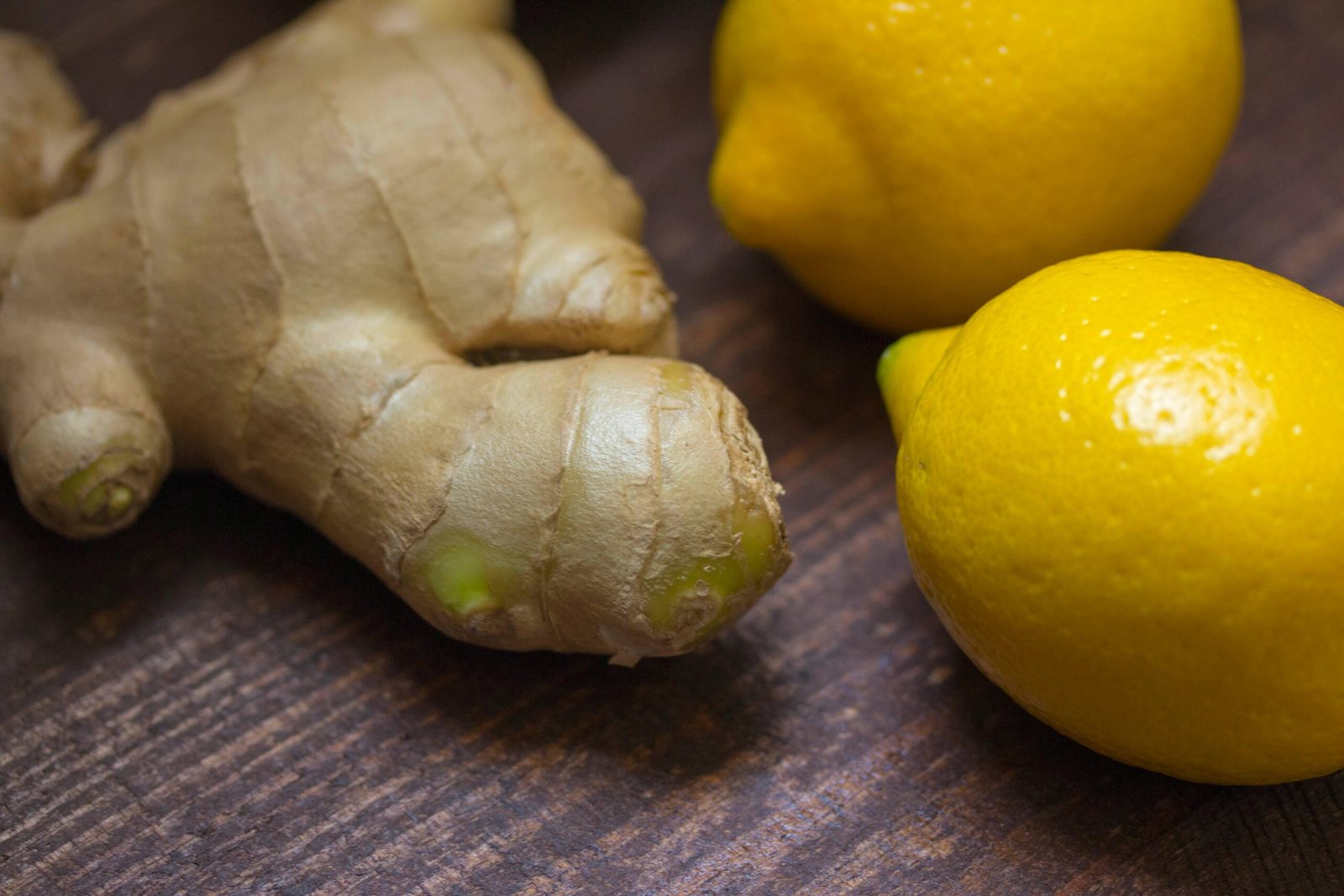
Ginger
Moroccan ginger provides a zesty, warming flavor and is used in teas, tagines, and traditional remedies, celebrated for its medicinal properties.
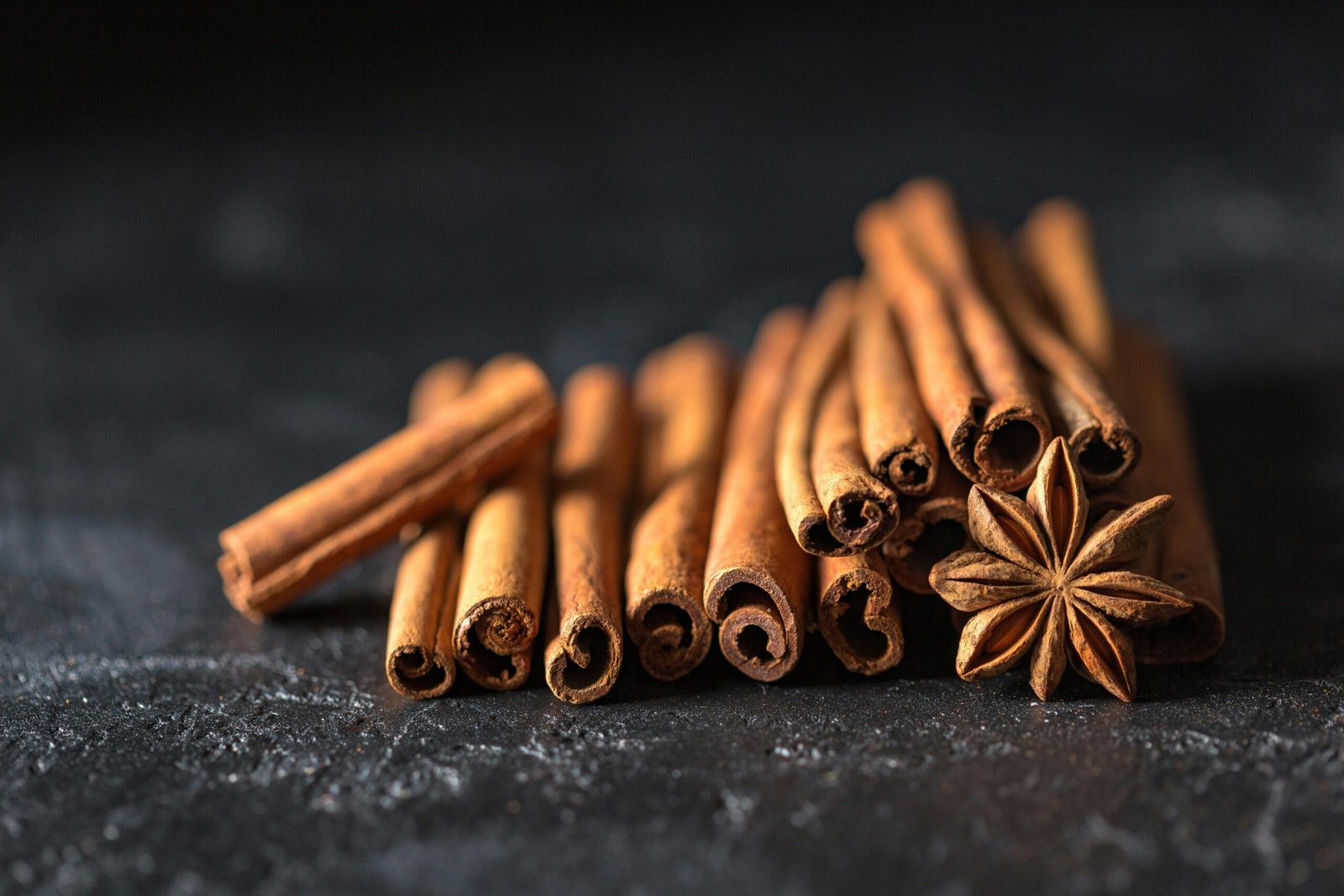
Cinnamon
Moroccan cinnamon sticks are carefully dried, providing warm, sweet notes to both savory dishes and sweet pastries, reflecting centuries of spice trade.
Key Spices of Marrakech
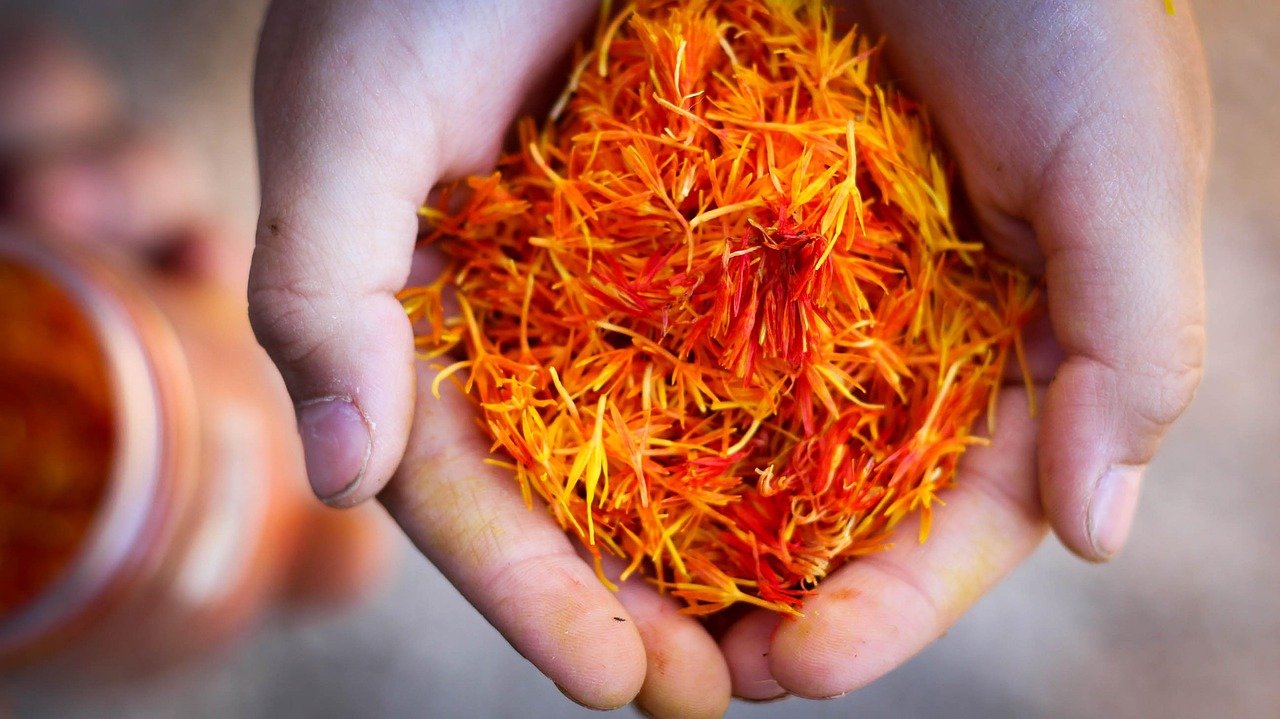
Safran
Delicate red threads harvested by hand in the Ourika Valley, prized for their vibrant color, rich aroma, and luxurious flavor in Moroccan cuisine..
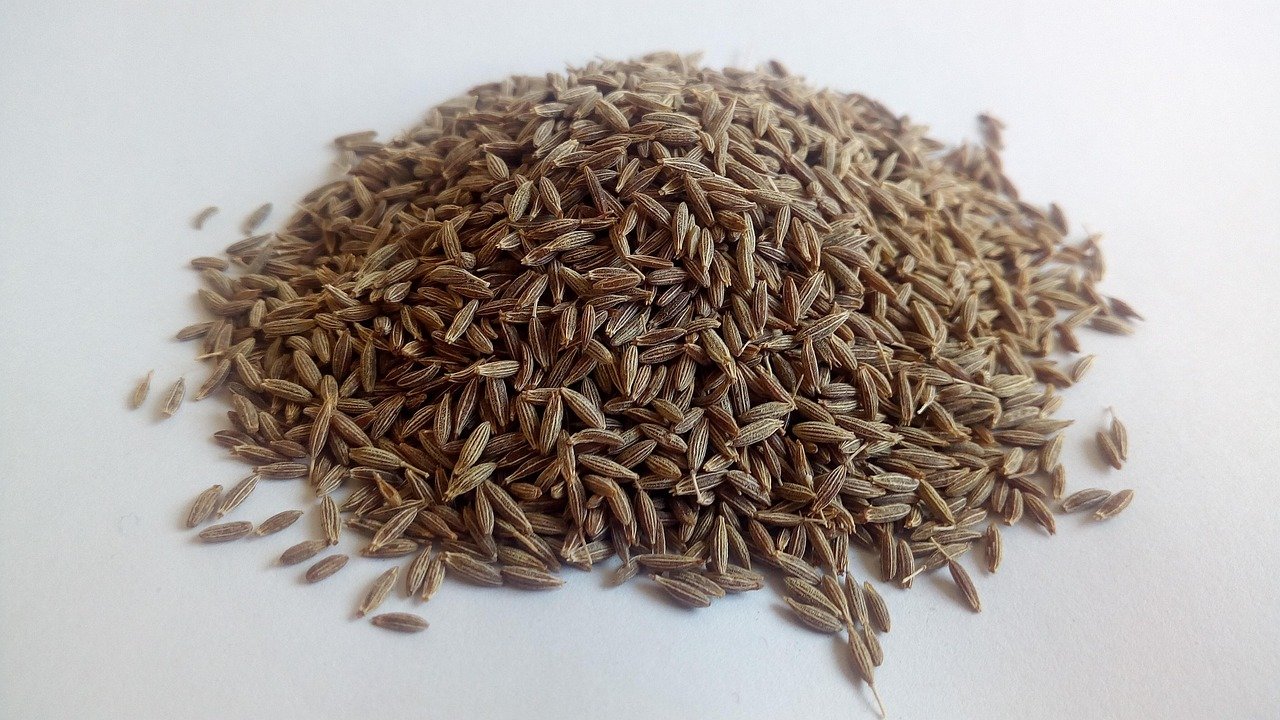
Cumin (Kamoon)
Earthy, aromatic seeds harvested across Marrakech, adding warmth and depth to traditional tagines, stews, and spice blends.
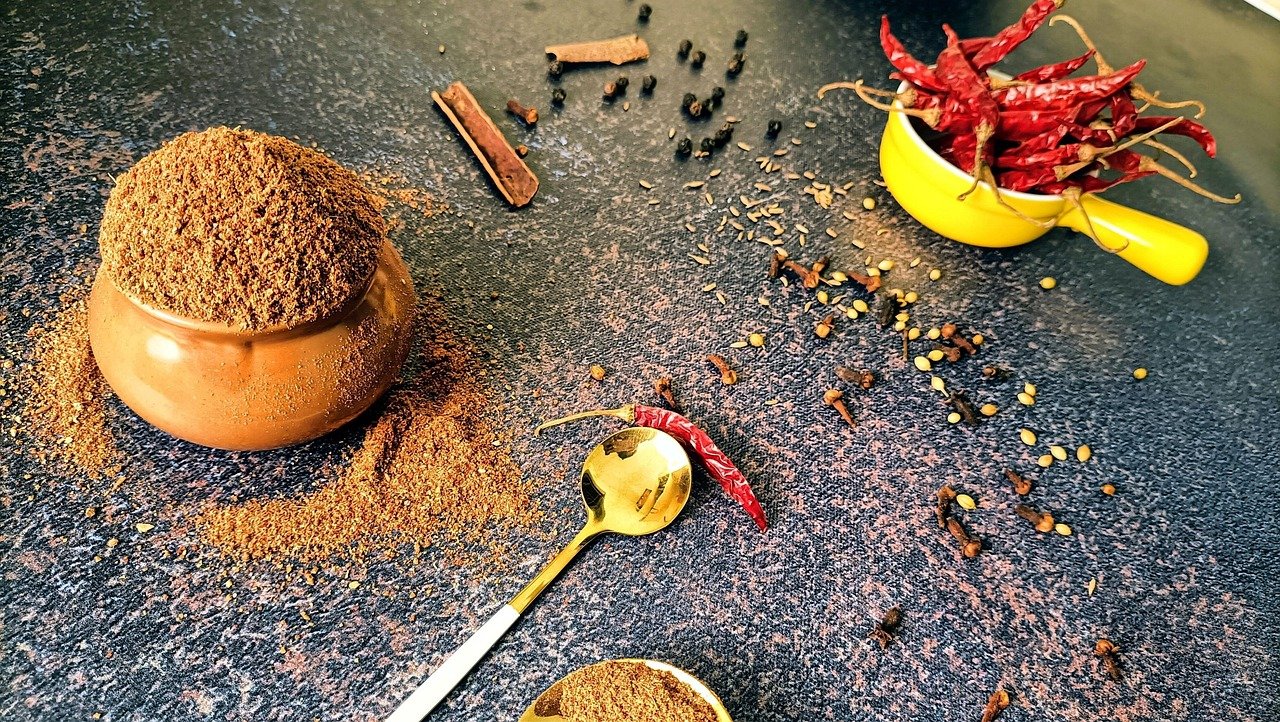
Ras el Hanout
A fragrant Moroccan spice blend, combining dozens of hand-selected spices, adding complexity and magic to tagines, couscous, and traditional dishes.
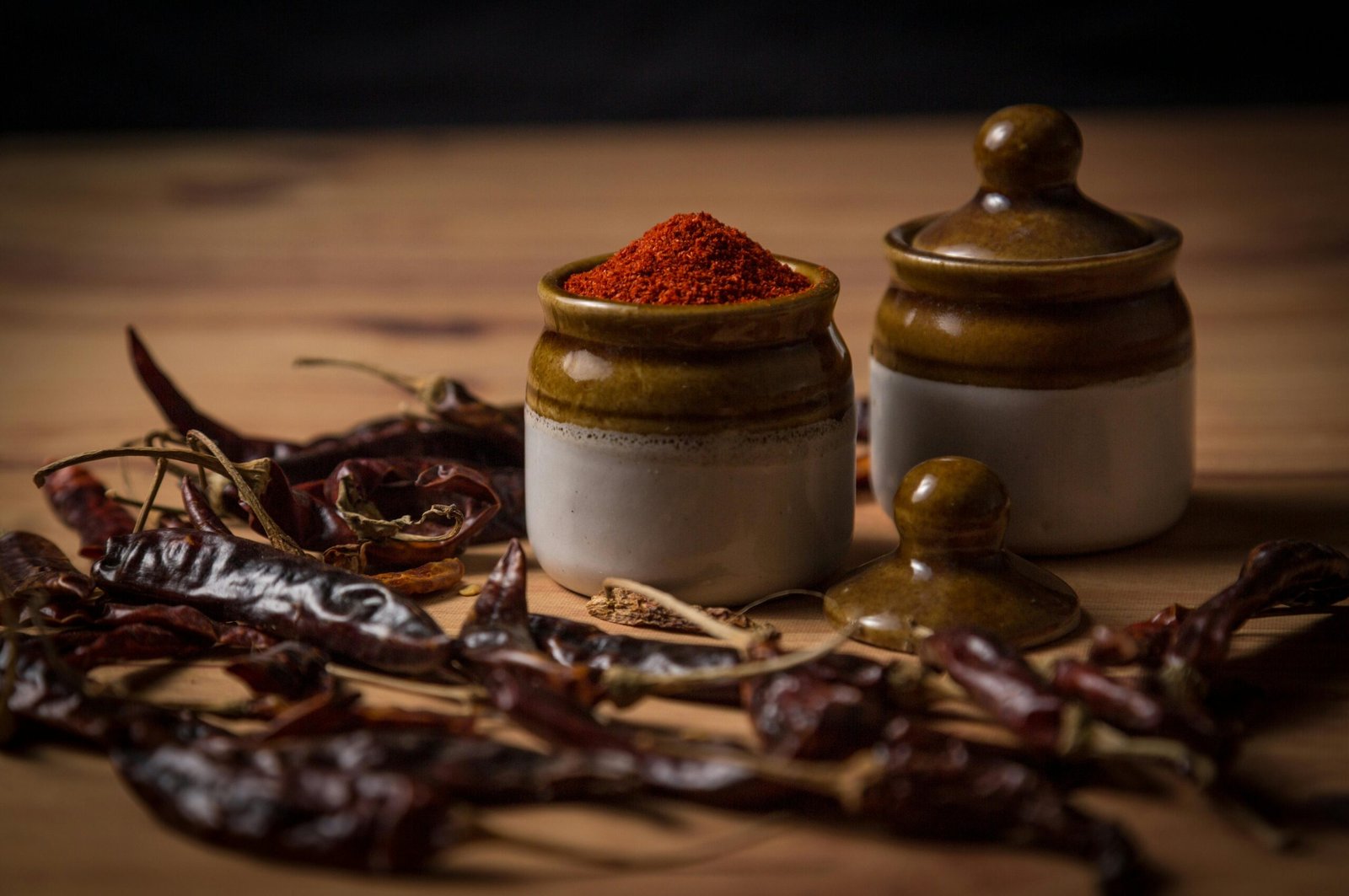
Paprika (Felfla Hlouwa)
Sweet, sun-dried red peppers ground into vibrant paprika, adding warmth, color, and subtle sweetness. to Moroccan dishes.
How to Identify Authentic Marrakech spices
Authentic Marrakech spices are a celebration of flavor, tradition, and craftsmanship. Saffron, cumin, paprika, and Ras el Hanout are hand-harvested and carefully prepared to preserve their aroma, color, and potency. Each spice reflects the region’s rich agricultural heritage, with unique textures and fragrances that testify to generations of Moroccan expertise.
